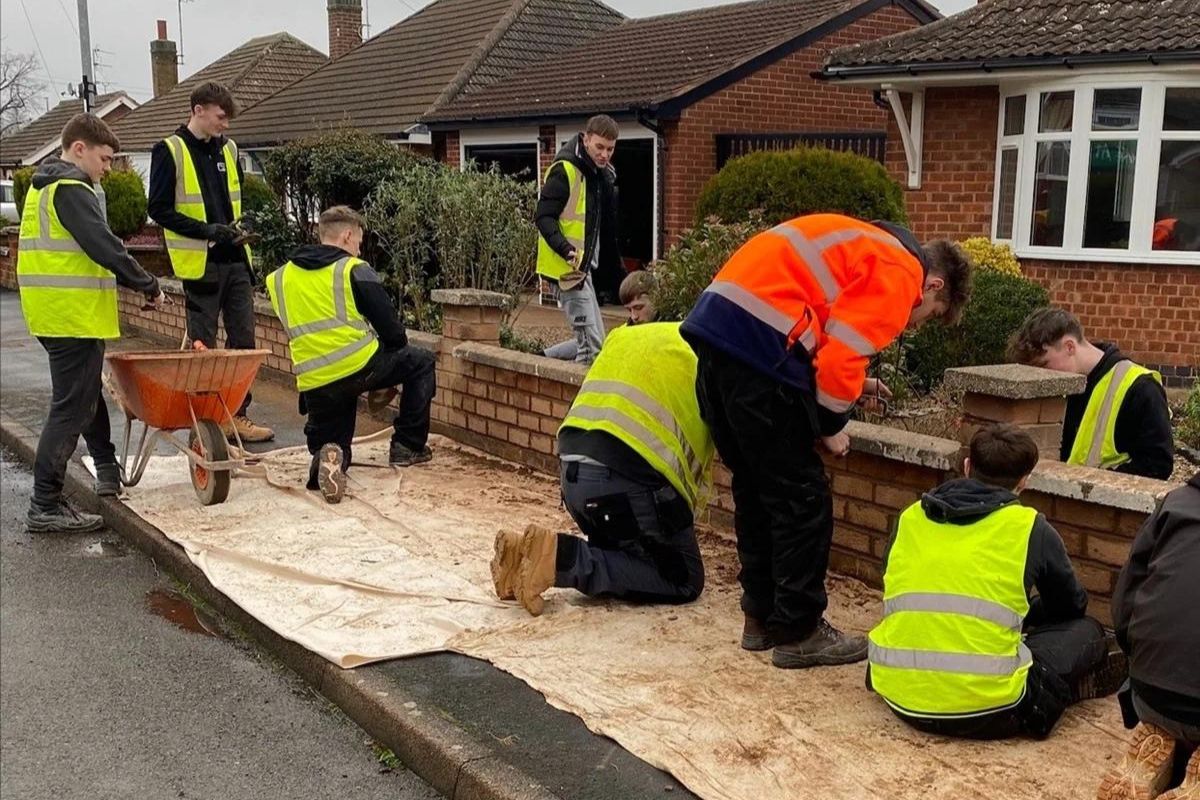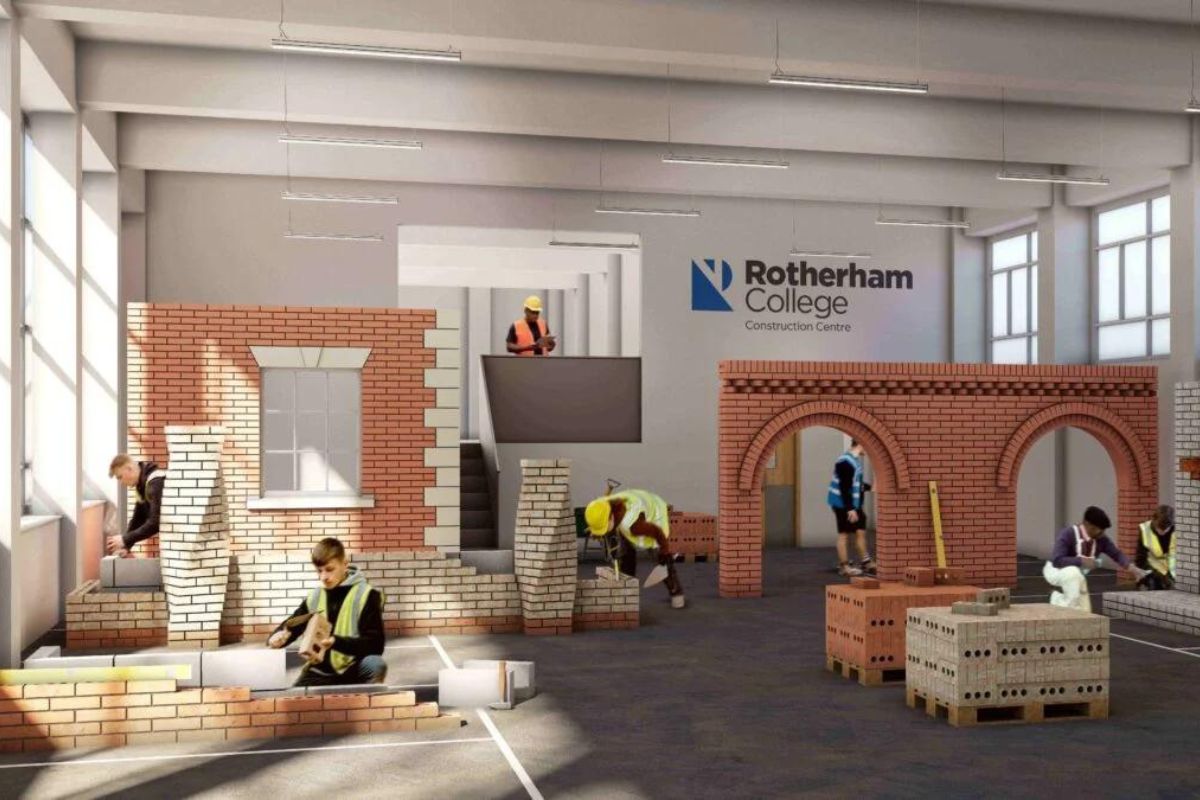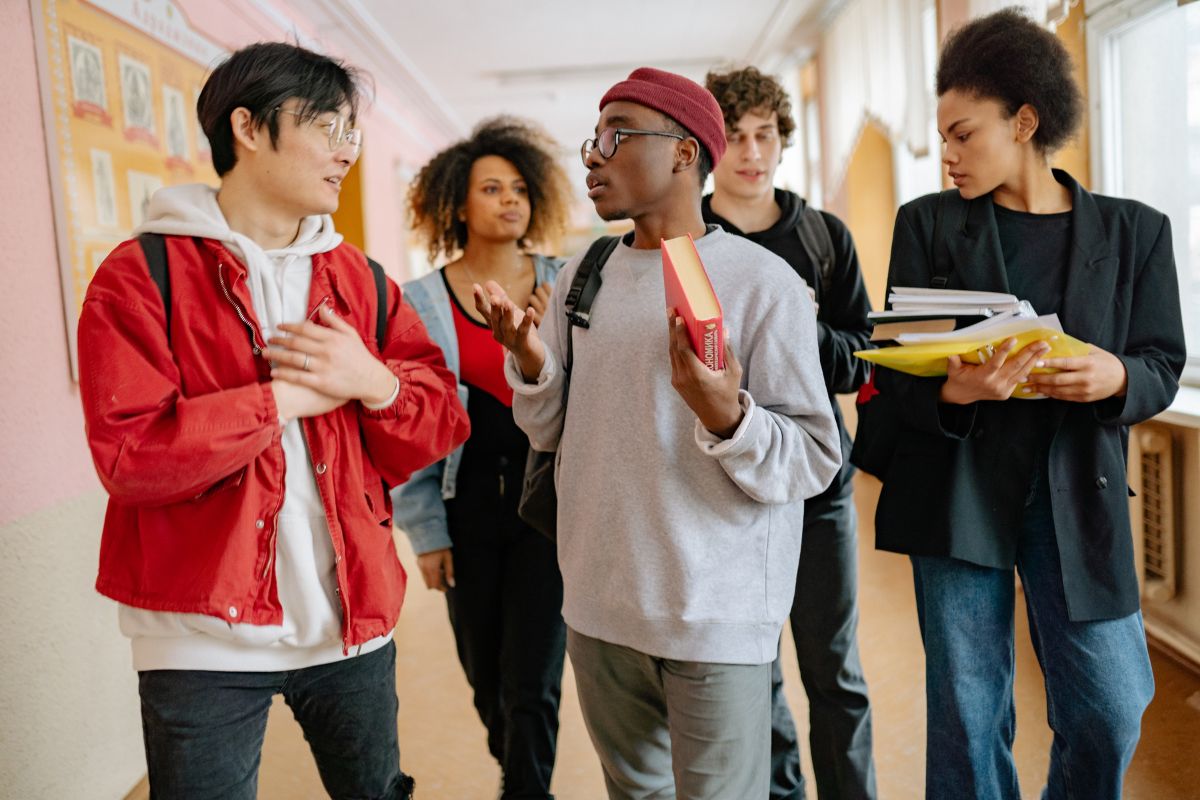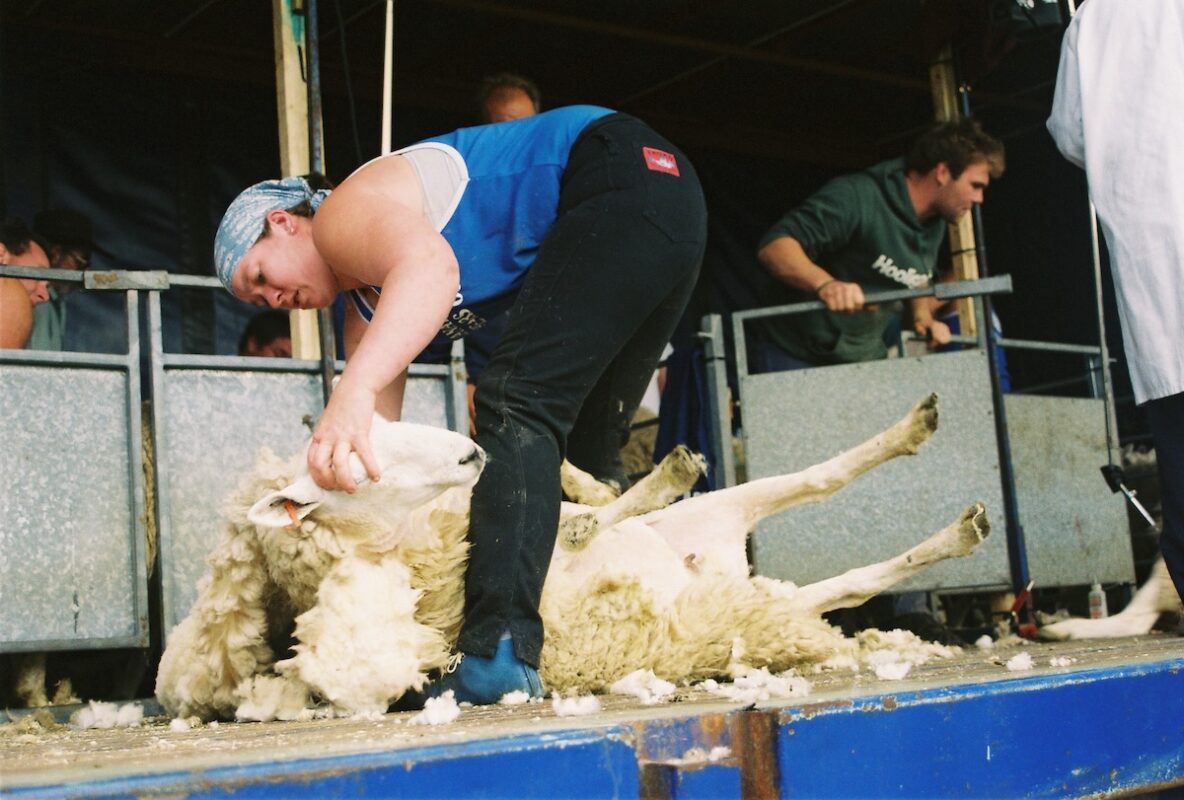Inclusive professionalism in FE and Skills: the impact of an inclusive curriculum

In part three of this inclusive professionalism ‘in conversation’ series with Dr Vikki Smith, Executive Director of Education and Standards at the Education and Training Foundation (ETF), and Ellisha Soanes, Equity, Diversity and Inclusion (EDI) consultant, Vikki and Ellisha discuss further the positive ripple effects of building a more inclusive curriculum.
What approaches can make the curriculum more inclusive?
ES: We’ve discussed the importance of examining our own biases and challenging existing narratives to broaden the curriculum (PART 2). Something I’ve also seen work really well is a student-led approach. When I worked within the college sector, we got learners to think about the inclusive curriculum themselves. One young person told me she wanted to deliver some training to her peers on a specific aspect of black history in the curriculum. Through the process of participating in this exercise – and using her voice to speak powerfully about what she was doing, including speaking on local radio – she built her confidence, and she ended up pursuing a career as an international singer. She had been on the pathway to become a midwife, but she ended up pursuing this alternative path because of the opportunities that opened up to her through this student-led approach.
In another case I worked with young people to create an interactive black history guide that’s gone out to primary and secondary schools. The opportunities from this project were amazing for the learners. They got to work for the BBC on the back of these experiences – and that’s where you see the ripple effect and how these opportunities build aspirations and drive social mobility.
VS: You can really see how that notion of belonging plays into those examples. It’s the impact of seeing something of yourself in the environment that you’re stepping into, the people that you’re engaging with. That’s where inclusivity fosters belonging. It means that diverse perspectives are respected, and it means that you can see the multiplicity of people and that there isn’t just one way, or one view.
Why is it so important to expand the curriculum to be inclusive?
ES: We need to think about true equity. When you put black history into one month, for example, how are you going to learn all of this amazing history? It’s the same for LGBTQ+ history month and other awareness pieces. The amazing displays come down at the end of the month.
VS: You can’t put history into a month. So how do we call that out and make it less reductive. This might be where we needed to start, but we need to think about how to take it forward. And again, if we use the analogy of ripples, the start of the ripple is Black History Month. Now we need to do something more about it. How do we embed black history in the curriculum? How do we make the curriculum reflective of all our wonderful diversity? And that requires us to be quite brave and bold and acknowledge that what we have is great, but it’s not enough. That equity piece is really important.
ES: It’s like you said, Vikki, starting things in a month is fine, but it’s about how you continue that journey and have that support to do so. We don’t have all the answers. But to build on our progress we need allyship and support. We need organisations like ETF, AoC, World Skills, and the Department of Education, that are supporting leaders and practitioners who are doing some fabulous work on this.
What is the broader impact of a more inclusive curriculum?
ES: When I work with organisations that have an inclusive curriculum, there’s a sense of happiness and empowerment. I can share one example of an initiative that had a huge impact. My organisation, as co-director working in collaboration, was fortunate enough to team up with Marvel and get the costumes from the first Black Panther film shipped over from LA to the UK so we could put them into rural museums. We asked that as part of their display, the museums worked with local communities as storytellers to share those powerful, important stories that we don’t usually hear about.
We had a group of construction students working with us, who helped build part of the frame for the Marvel display welcoming communities. Most of them had never been in a museum before, and it was an amazing experience for them. It was really lovely to see their expressions, see them being part of something, and see how it really raised their aspirations for being part of the workforce. It also provided us an opportunity to tell important stories. We talked about the real Black Panthers in the UK. We talked about one of the first RAF sergeants from the Windrush generation. We looked at all those people I call real ‘heroes on your doorstep’. It was so amazing – we had young people crying. Not because it was sad, but because it was so amazing for them to learn about what these people did.
We also took a group of young children around with the childcare students on a VIP tour. They got to wear the bow ties and lovely dresses. One little boy said to me: ‘Ellisha, is that a superhero? That looks like me.’ And that speaks volumes. It shows that ripple effect of an inclusive curriculum on everyone, from different backgrounds and different generations.
By Dr Vikki Smith, Executive Director of Education and Standards at the Education and Training Foundation (ETF), and Ellisha Soanes, Equity, Diversity and Inclusion (EDI) consultant.












Responses